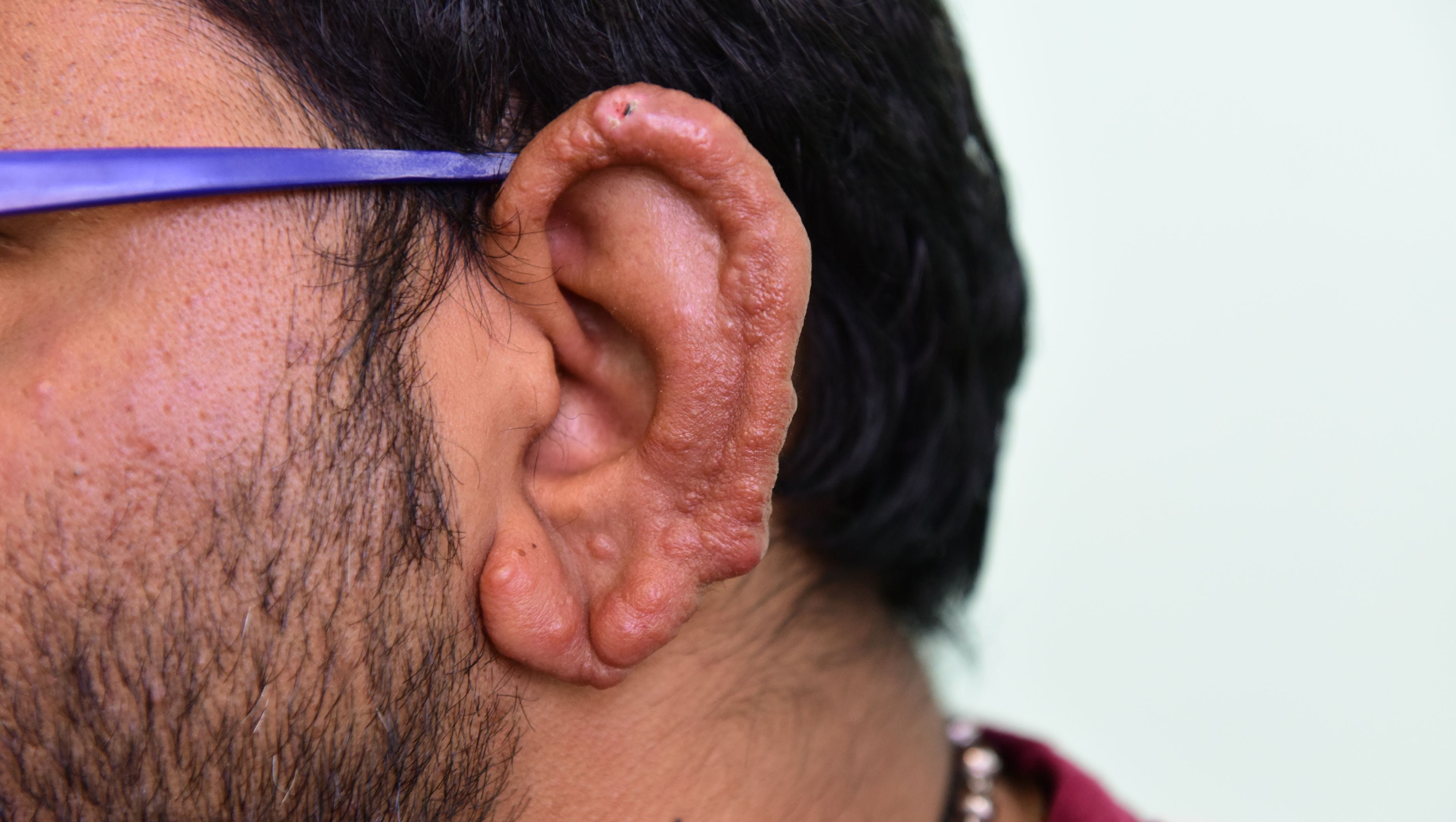
WHAT IS LEPROSY AND HOW CAN IT BE TREATED
Leprosy is an ailment that is instigated by bacillus bacteria, which is related to the same bacillus that causes tuberculosis. Leprosy has been known as a dreadful disease since ancient times. In the Bible, the ailment has been mentioned many times in both the old and new testaments. Leprosy is a transmissible infectious disease and is perceptible in its later stages as the flesh starts to rot. Individuals with leprosy in Biblical times were dreaded and forced in special isolated colonies to inhibit entire villages and cities from being infested with the disease. The leprosy causing bacteria, bacillus mycobacterium leprae, blights the skin and attacks both the skin and outlying nerves. The disease itself does not cause the flesh to decay, however, as the sickness progresses and a disease-ridden individual starts having the mutilating skin sores and impairment to the peripheral nerves, the victim can lose feeling in hands and feet. When this happens, an individual can injure that limb and not feel any pain, so does not notice the injury. With the injury not being detected, it becomes diseased and gangrene sets in, henceforth the flesh starts to rot.
Symptoms of leprosy
- A red spot that can be either darker or lighter than the victim’s skin is the first and initial sign of leprosy. The leprosy causing bacteria can gestate in the body for quite some time before this symptom appears. The normal incubation period can range from three to five years.
- Lesions will appear on numerous portions of the body that will lose sensation to touch, pain or heat. These lesions will also be lighter in color than the usual color of the skin.
- Lesions that do not reconcile for weeks or even months.
- Numbness in arms, hands, legs or feet, as the leprosy bacillus attack the outlying nerves in the limbs.
- Muscle weakness can also be an indication of leprosy.
How is leprosy treated?
One Medieval treatment for leprosy was theriac, which was a mixture of viper’s flesh and other elements and was extensively believed to cure leprosy. Mercury was also believed to be used to cure not just leprosy, but other infections as well. The treatments nowadays, however, are much more effective. Like all bacterial infections, leprosy can be efficiently treated with antibiotics. Maximum antibiotics, however, are not sturdy enough to treat the bacillus mycobacterium leprae, as this bacterium, like its cousin that causes tuberculosis, can be resilient to maximum antibiotics. For this reason, stronger antimicrobial medicines are often used to treat leprosy. Also, surgical rectification or amputation might be required to treat some of the more severe symptoms of leprosy such as claw hand or wrist or foot drop. In these circumstances, the effected limbs could already be necrotic and might even already have gangrene set in and would need to be confiscated. Leprosy is a severe disease and your body could react to deceased bacteria during the course of the above mentioned treatments.